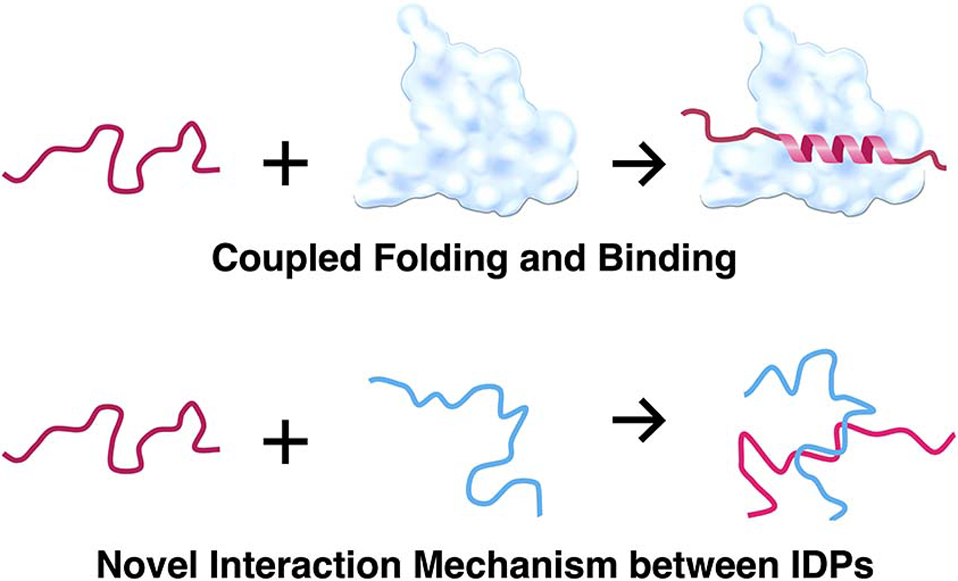- 著者
- Emi Hibino Masaru Hoshino
- 出版者
- The Biophysical Society of Japan
- 雑誌
- Biophysics and Physicobiology (ISSN:21894779)
- 巻号頁・発行日
- vol.17, pp.86-93, 2020 (Released:2020-08-20)
- 参考文献数
- 34
- 被引用文献数
- 6 8
An increasing number of proteins, which have neither regular secondary nor well-defined tertiary structures, have been found to be present in cells. The structure of these proteins is highly flexible and disordered under physiological (native) conditions, and they are called “intrinsically disordered” proteins (IDPs). Many of the IDPs are involved in interactions with other biomolecules such as DNA, RNA, carbohydrates, and proteins. While these IDPs are largely unstructured by themselves, marked conformational changes often occur upon binding to an interacting partner, which is known as the “coupled folding and binding mechanism”, which enable them to change the conformation to become compatible with the shape of the multiple target biomolecules. We have studied the structure and interaction of eukaryotic transcription factors Sp1 and TAF4, and found that both of them have long intrinsically disordered regions (IDRs). One of the IDRs in Sp1 exhibited homo-oligomer formation. In addition, the same region was used for the interaction with another IDR found in the TAF4 molecule. In both cases, we have not detected any significant conformational change in that region, suggesting a prominent and novel binding mode for IDPs/IDRs, which are not categorized by the well-accepted concept of the coupled folding and binding mechanism.
